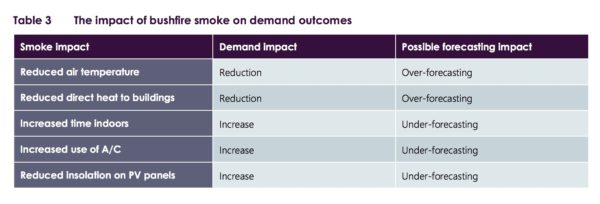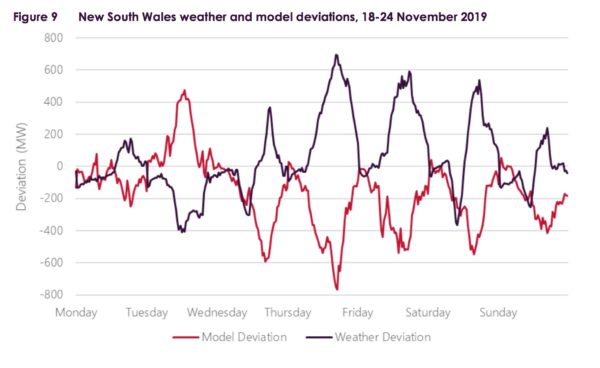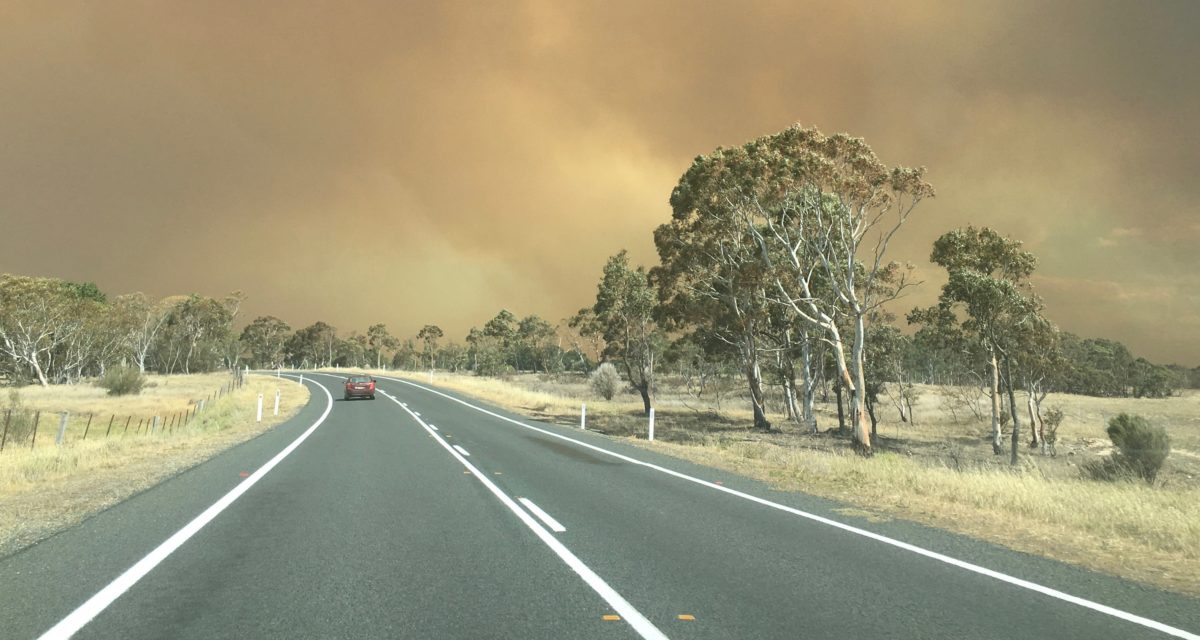Black Summer was the second-warmest summer on record, bested only by the previous summer (2018-19). It was a blistering season which brought the country to the very edge of extremity. And yet, some good news – it might’ve been even worse.
The Australian Energy Market Operator’s (AEMO) 2019-20 NEM Summer Operations Review Report (Report) has found that extensive preparatory work ensured the power disruptions caused by the Black Summer fires were minimised. However, the challenge is continuing to grow and new problems are emerging.
The Review found that the impact of both heat and fire on electricity systems is increasing in scale, simultaneously increasing demand and degrading the output of electricity generators. Moreover, the smoke haze which lathered itself over large swathes of the Sydney basin, the Australian Capital Territory, and central Victoria or most of December and January, hindering the output of solar PV, but also, going some way to nullifying solar forecasting technology, technology imperative to network stability.


AEMO’s modelling suggests that a decrease of approximately 6%-13% of decreased solar generation during December 2019 – January 2020 can be attributed to the smoke plumes. For future summers AEMO is determined to improve its communication with solar and wind energy generators. For instance, the intercommunication of satellite imagery to see from above with what solar forecasting equipment can see from the ground will help to ensure more accurate forecasting.
Thankfully the solar panels could take the heat. The same could not be said of coal-fired power plants, many of which reached unprecedented levels of temperature tolerance and thus operated under increasing risk.
Of course, the most conspicuous effect of increasing bushfire threat to the electricity network is the physical threat to the transmission lines themselves. AEMO has identified the vulnerability of key transmission lines and other NEM infrastructure and emphasises the need to incorporate fire awareness and resilience in the planning, routing, design, and assessment of transmission projects and upgrades.
This content is protected by copyright and may not be reused. If you want to cooperate with us and would like to reuse some of our content, please contact: editors@pv-magazine.com.









By submitting this form you agree to pv magazine using your data for the purposes of publishing your comment.
Your personal data will only be disclosed or otherwise transmitted to third parties for the purposes of spam filtering or if this is necessary for technical maintenance of the website. Any other transfer to third parties will not take place unless this is justified on the basis of applicable data protection regulations or if pv magazine is legally obliged to do so.
You may revoke this consent at any time with effect for the future, in which case your personal data will be deleted immediately. Otherwise, your data will be deleted if pv magazine has processed your request or the purpose of data storage is fulfilled.
Further information on data privacy can be found in our Data Protection Policy.